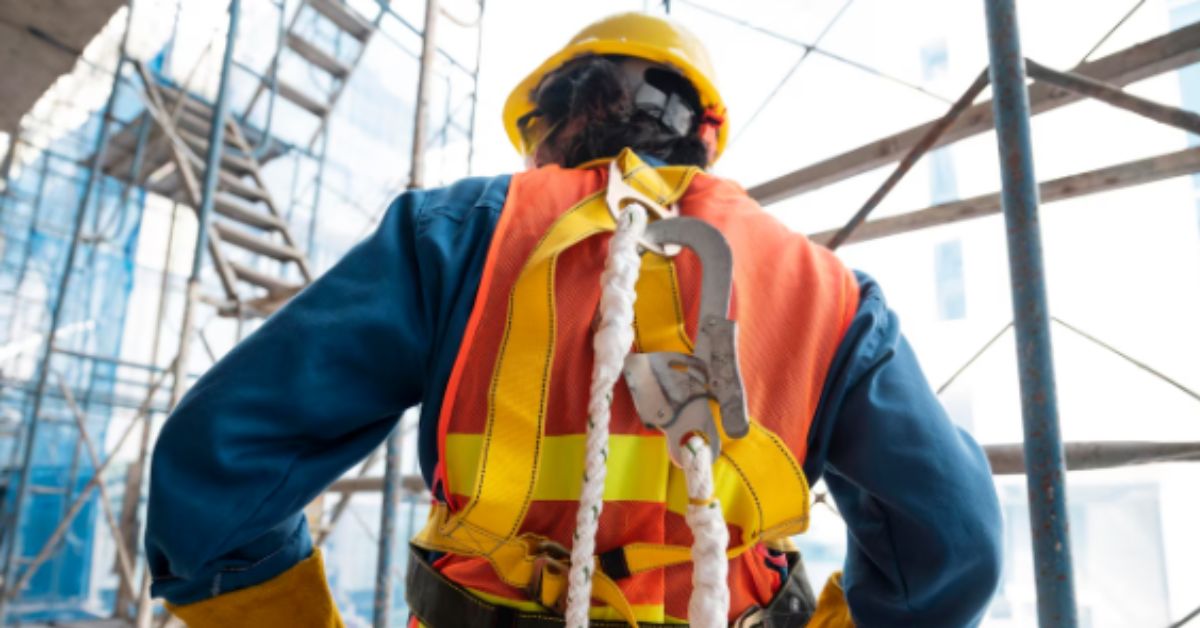Introduction to Met Towers and Safety Necessities
Met towers, vital for collecting atmospheric data, present unique challenges during installation and maintenance. Ensuring safety in these processes is essential to protect both workers and equipment. Proper meteorological tower installation is crucial for maintaining structural stability and accurate data collection. These towers often reach substantial heights in remote locations, requiring specialized procedures to mitigate potential hazards.
Safety measures concern compliance and fostering a culture prioritizing well-being and operational efficiency. Given their importance in monitoring environmental conditions and supporting renewable energy projects, understanding the safety best practices for met towers is imperative for anyone involved in their deployment or upkeep.
Key Considerations for Safe Installation
The first stage in installing a safe met tower is a thorough site assessment. This involves analyzing geographical features, weather conditions, and potential obstructions. An experienced team should also conduct a comprehensive risk assessment to identify potential challenges for each location.
The installation process requires careful planning, including using adequate personal protective equipment (PPE) and establishing safety protocols. Regular inspections and ensuring all equipment is in optimal condition before tower work begins are essential. Moreover, clear communication and coordination among team members are necessary to enhance safety and efficiency during installation.
Effective Maintenance Strategies
Routine maintenance of met towers is imperative to ensure operational integrity and safety. Establishing a detailed maintenance schedule helps prevent unexpected failures and prolongs the equipment’s lifespan. Regular inspections should focus on structural elements, guy wires, and instrumentation to detect wear or damage early.
Maintenance tasks should always be performed by qualified personnel trained in high-risk operations. Additionally, using drones for preliminary inspections can enhance safety by reducing the need for personnel to perform tasks at height, providing detailed visual feedback, and identifying issues remotely.
Risk Management and Mitigation
Risk management is central to the safe operation of met towers. Developing efficient mitigation techniques can be aided by recognizing and comprehending the unique dangers connected to towers. This includes using safety harnesses and fall arrest systems and ensuring all climbing equipment complies with industry standards.
Moreover, environmental conditions such as lightning, high winds, or ice accumulation necessitate precautionary measures. Monitoring weather forecasts and establishing a protocol for halting operations in hazardous conditions can prevent accidents.
Technological Advancements in Safety
Technology continues to play a pivotal role in enhancing the safety of met tower operations. Advances in building materials and methods have made more robust tower designs that can tolerate harsh environments possible. These advancements reduce the risk of structural failures and increase operational safety.
Moreover, digital monitoring systems provide continuous feedback on environmental conditions and structural health. Integrating these systems into met towers allows for proactive maintenance, alerting operators to potential issues before they escalate.
The Role of Training and Education
Proper training and education are fundamental to promoting a safe working environment. Comprehensive training programs should equip workers with the necessary skills to handle equipment safely and respond effectively to emergencies. Specialized training in tower operations, first aid, and rescue procedures is vital for preparing teams to deal with unpredictable situations.
Continuing education helps workers stay updated with industry standards and safety protocols. Organizations provide valuable resources and training programs focused on meteorological equipment, further emphasizing the importance of knowledge in maintaining safety and efficiency.
Conclusion
Ensuring safety in installing and maintaining meteorological towers is crucial for protecting workers’ well-being and the integrity of the data collected. Many inherent risks can be mitigated through careful planning, risk management, and the integration of technological advancements.
By fostering a culture of safety and continuous improvement, the industry can continue to advance, providing reliable data that contributes to scientific research and the growth of renewable energy resources. The commitment to safety is a commitment to innovation and progress, ensuring that met towers remain a vital part of our environmental and technological landscapes.











